How to work with chronic pain on the level of physical body
2There is a heated ongoing debate in the yoga community about the difference between a yoga teacher and yoga therapist. Some feel that yoga by its nature is therapeutic, so any teacher should be able to help students with pain. Others say that yoga teachers lack knowledge and experience to help students with pain and inadvertently can make things worse, so those issues should be left to yoga therapists. Others think that yoga can’t help with pain at all.
My take on it is that there are two distinctive ways of approaching chronic pain: working WITH IT and working AROUND IT.
A yoga teacher should be able to work AROUND pain, which means working on body-mind-breath connection, as well as identifying positions and movements that do not cause pain and focusing on them.
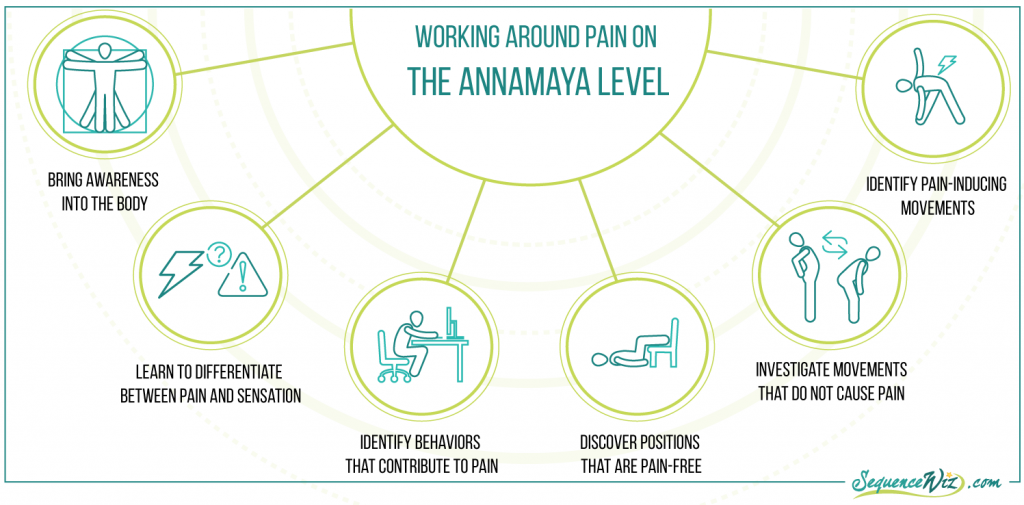 This kind of work would include the following:
This kind of work would include the following:
1. Bringing awareness into the body. Many pain sufferers disconnect from the body and even begin to hate it. We need to help the student reestablish her connection to the body and begin to accept it even with pain.
2. Differentiating between pain and sensation. In chronic pain the boundaries between pain and sensation get blurred and any sensation can get interpreted as pain. We need to teach the student how to recognize sensations for what they are and not confuse them with pain.
3. Identifying activities and behaviors in daily life that might be contributing to pain and encouraging the student to eliminate, minimize or replace them (whatever is realistic for her lifestyle).
4. Discovering positions that are pain free (in supine, kneeling, seating and standing positions). Those positions serve as a starting point for movement and show the student that she can always return back to them and rest there without pain.
5. Investigating the parameters of movements that do not cause pain. The gradual exploration of movement starts from the spine and extends out into the periphery (limbs). It’s important to find those movements to show the student that she can move without pain. At the beginning it is best to create a practice from those movements.
6. Identifying movements that are agitating and pain-inducing. It is best to avoid any movement that causes pain at the beginning to give the student a safe space within her practice to move without pain. As her practice progresses it might be possible to explore some of those movements if this sort of progression is warranted and serves to strengthen and stabilize the body.
A yoga teacher would need additional training to work WITH pain, whether it’s a quality Therapist Training Program or a program that addresses a specific area of expertise (like Yoga for Chronic Pain, for example).
Then the teacher/therapist will have more knowledge and confidence to work with structural issues more specifically and will be able to:
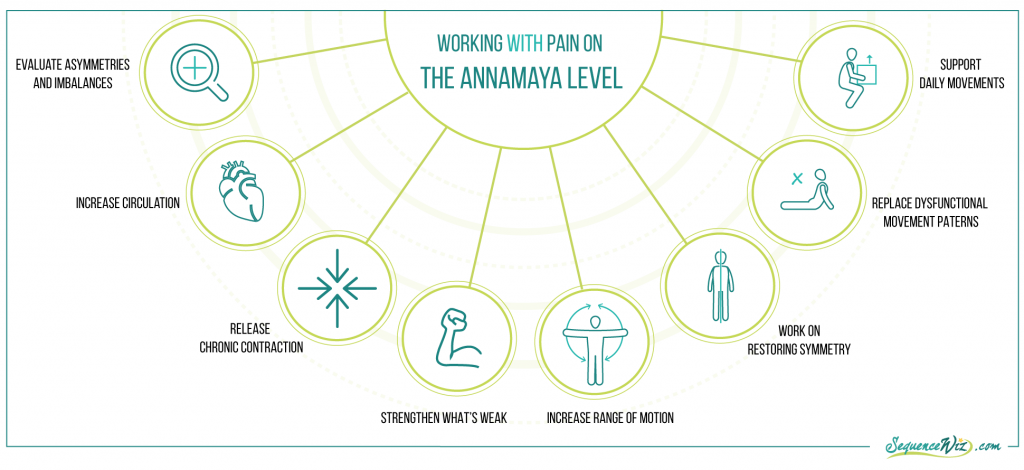 1. Evaluate asymmetries (right/left, front/back), imbalances (agonist/antagonist) and movement patterns;
1. Evaluate asymmetries (right/left, front/back), imbalances (agonist/antagonist) and movement patterns;
2. Increase circulation to the general area of pain (this often means working with painful area indirectly by gently contracting the surrounding musculature);
3. Release chronic contraction (following the contract-relax-stretch principle);
4. Strengthen what’s weak;
5. Increase range of motion in the joint (gradually, over time);
6. Work on restoring symmetry and balance (from right to left; from front to back, between agonists and antagonists);
7. Eliminate or work on replacing dysfunctional movement patterns (on and off the mat);
8. Identify daily life activities that are impeded by pain and use asana to support movements that are necessary for those life activities.
We need to be honest and realistic about our skills and knowledge when it comes to working with chronic pain. It is always better to refer students to a qualified health professional (whether it’s a doctor, physical therapist, acupuncturist, massage therapist or yoga therapist) than to make matters worse for them.
With that said, there are other ways we can make a significant difference in a student’s experience of pain and it is much less risky then doing the wrong movement. The most potent tool in working with chronic pain is actually breath work because it affects the sympathetic/parasympathetic response and how alarmed the brain feels about the pain. We will discuss working with Pranamaya layer next >

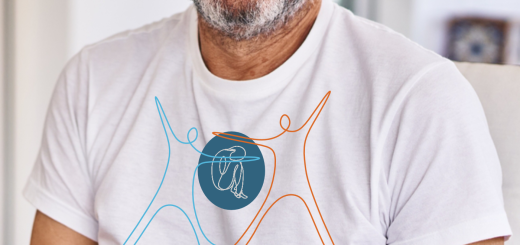
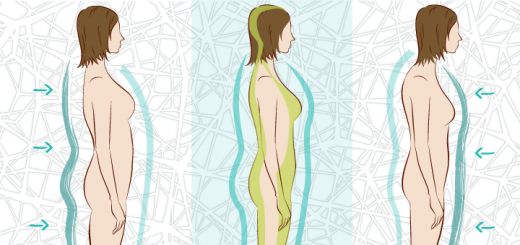
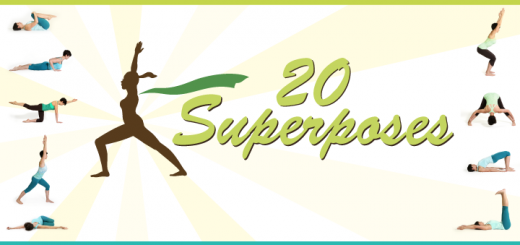
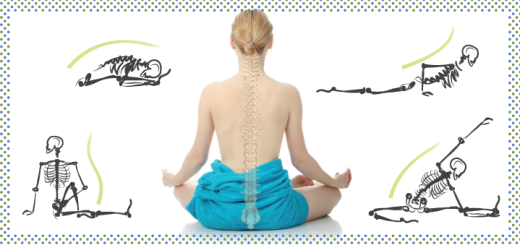















Thank you for writing about this. I am a C-IAYT Yoga Therapist and constantly speak about this very subject. I actually prefer to call myself a Yoga Educator as I feel that is what I do. Having assessed the situation, As we explore together how to relieve the pain and come up with a protocol – in essence, I educate the client about how the 8 limbs of yoga plus the appropriate sister sciences (ayurveda for sure) can be of assistance in helping to cure the pain and also in developing a healthier life style for that particular person. This is not all at once, but over a period of many weeks – step by step. Yes, Yoga is therapy WITH the appropriate training. Thank you for clearly differentiating between the two
I have done the Yoga for Chronic Pain training with Kimberly here in Portland and I highly recommend it! Thank you for sharing all of this wonderful information!